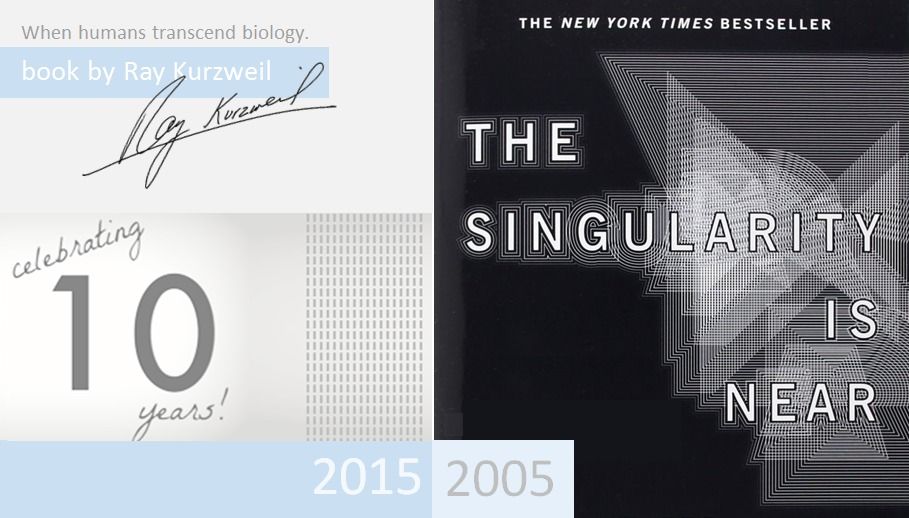Oct 6, 2015
Elon Musk has the perfect argument for raising NASA’s budget
Posted by Aleksandar Vukovic in categories: Elon Musk, existential risks, space
“Billionaire Elon Musk has a really compelling reason to ramp up NASA’s budget: We need to become a multi-planet species to ensure the survival of the human race, and we need NASA’s help to do it.”
Someone tell Congress.
















